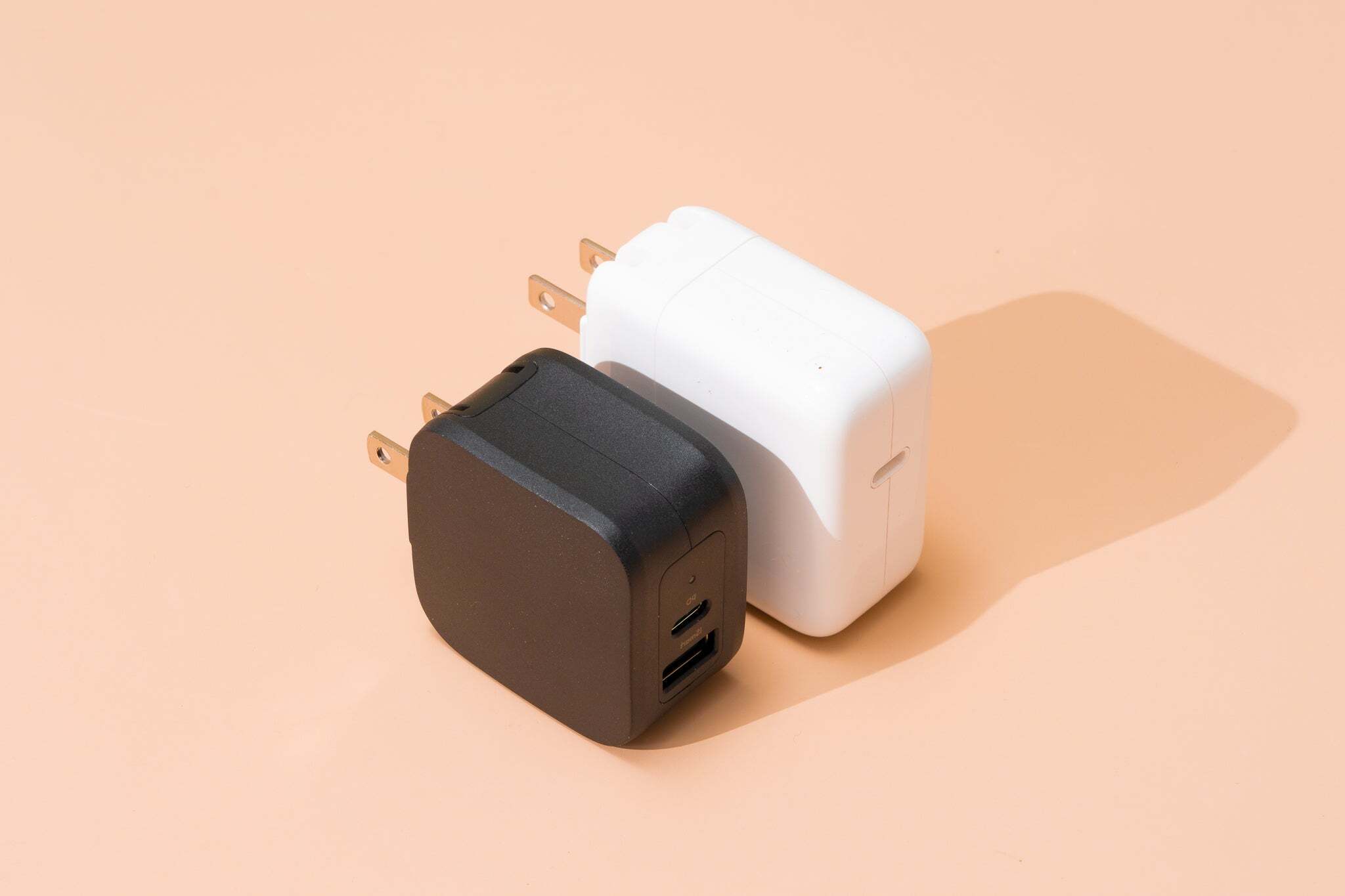
Source: Nytimes.com
Understanding USB Charging Standards
Before selecting a charger, understanding the different charging standards used by Android devices is crucial. The most common standards include:
- USB Power Delivery (USB PD): Allows for faster charging speeds, typically up to 100W or more. Widely supported by modern Android devices.
- Programmable Power Supply (PPS): Used by some high-end Android devices for even faster charging speeds, often in conjunction with USB PD.
- QuickCharge (QC): Developed by Qualcomm, this fast-charging standard is widely supported but not as fast as USB PD or PPS.
- Proprietary Standards: Some manufacturers, like OnePlus, have their own proprietary fast-charging standards requiring specific chargers.
Best Overall Chargers
Anker 313 Charger
- Compatibility: Supports Samsung’s 45W Super Fast Charging technology, USB PD, PPS, and QuickCharge compatible devices, including most Qualcomm-powered Android phones, iPhones, Pixels, and Chromebooks.
- Features: Single USB Type-C port delivering up to 45W of power, suitable for tablets and laptops using USB PD technology.
- Pros: Compact design and high wattage output make it a versatile choice for many users.
Shargeek 140W PD3.1 GaN Charger
- Compatibility: Supports USB PD 3.1 with a max output of 140W, capable of charging up to three devices simultaneously.
- Features: Three USB ports, including a Type-A port, using GaN transistors for efficient cooling. Supports PPS and QuickCharge 4+ standards.
- Pros: High wattage output and multiple ports make it ideal for users needing to charge multiple devices at once.
Nekteck 65W USB-C Charger GaN PD 3.0
- Compatibility: Supports 65W charging and is USB-IF certified for reliability.
- Features: Uses GaN technology for efficient cooling with a single USB-C port. Compact and portable design.
- Pros: Budget-friendly option offering high performance and reliable certification.
Best Multi-Port Chargers
Anker 735 Charger
- Compatibility: Designed to keep laptops and tablets charged at home or on the go. Features two USB-C ports and a USB-A port.
- Features: Total output capacity of 65W, suitable for charging laptops and tablets. Supports fast charging for smartphones.
- Pros: Ideal for users needing to charge multiple devices at once. Multiple ports and high wattage output make it a top choice for home or travel use.
Anker 737 Charger
- Compatibility: Designed for users needing to charge a 15-inch laptop along with a smartphone and tablet. Features two USB-C ports and a USB-A port.
- Features: Total output capacity of 120W, perfect for charging larger devices like laptops. Supports fast charging for smartphones.
- Pros: Powerful charger handling high-wattage devices like laptops. Multiple ports make it versatile for charging various gadgets.
Best Budget Chargers
Anker 511 Nano 3 Charger
- Compatibility: Ultra-portable and compact with a single USB-C port supporting fast charging for most smartphones.
- Features: Total output capacity of 30W, suitable for fast-charging smaller devices like smartphones. Uses GaN technology for efficient cooling.
- Pros: Budget-friendly, compact, and powerful. Small size makes it perfect for carrying around in a pocket or purse.
Best Portable Chargers
Anker PowerCore III 10K Portable Charger
- Compatibility: Features fast USB-C out charging (18 watts) and a USB-A port. Supports up to 10-watt wireless charging.
- Features: Built-in battery capacity of 10,000mAh, suitable for charging multiple devices on the go. Compact and lightweight design.
- Pros: Versatile portable charger supporting both wired and wireless charging. High battery capacity makes it perfect for long trips or extended use.
InfinityLab InstaGo 5000 Power Bank
- Compatibility: Features an integrated USB-C cable for easy charging. Designed to charge most Android smartphones twice.
- Features: Battery capacity of 5,000mAh, suitable for charging smaller devices like smartphones. Compact and lightweight.
- Pros: Budget-friendly option offering high performance. Integrated USB-C cable makes it easy to use without needing an additional cable.
Anker 523 PowerCore Slim 10K PD
- Compatibility: Features fast 20-watt USB-C out charging and a 12-watt USB-A outport. Designed to be slim and compact.
- Features: Battery capacity of 10,000mAh, suitable for charging multiple devices on the go. Uses GaN technology for efficient cooling.
- Pros: High-performance portable charger that is both slim and powerful. Fast USB-C out charging makes it perfect for users needing quick top-ups.
Choosing the Right Charger
Selecting the right charger for your Android device involves several factors:
- Power Requirement: Check the power requirement of your device. Typically, charging power varies between 18-80W, with some devices supporting higher wattage like OnePlus devices that exceed 120W.
- Charging Protocol: Ensure the charger supports the charging protocol used by your device. Universal standards like USB PD open the door to many third-party options, while proprietary standards like OPPO's SuperVOOC require first-party branded chargers.
- Multi-Device Charging: If planning to charge multiple devices from a single charger, double-check that it can share enough power on all its ports for your gadgets and that each port supports your required standards.
- Quality of Charger: Focus on the quality of the charger rather than the cable itself. A high-quality charger ensures power is transferred efficiently and safely.
- Brand Reputation: Consider reputable brands like Anker or Samsung, which offer certified products designed to work seamlessly with Android devices.
By following these guidelines and selecting a charger that meets your needs, you can ensure your Android device stays powered up and ready to go whenever needed.
